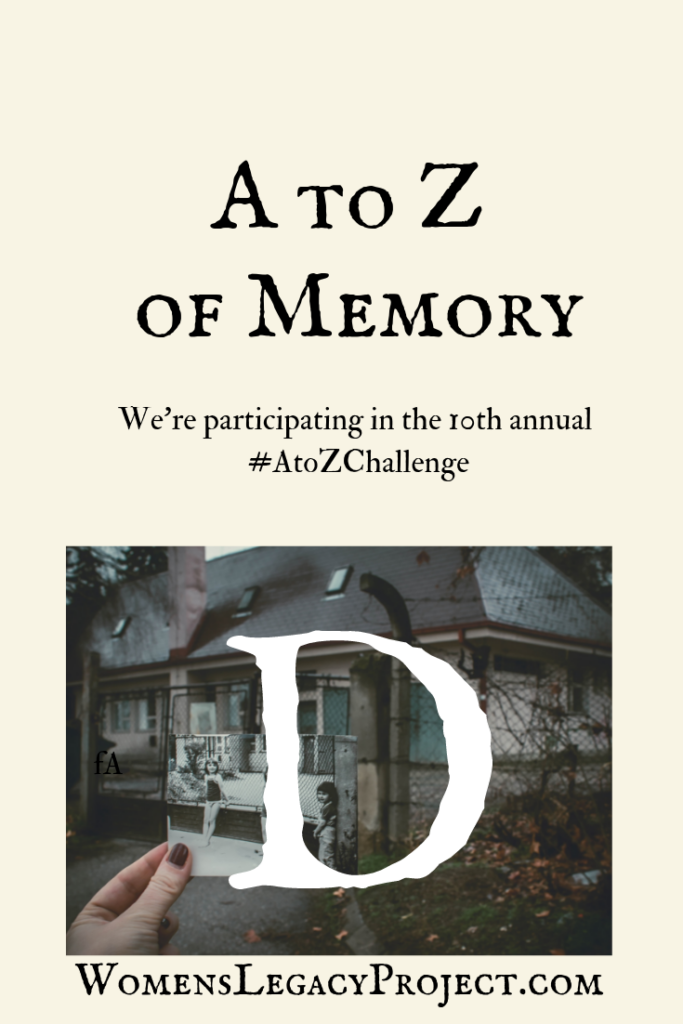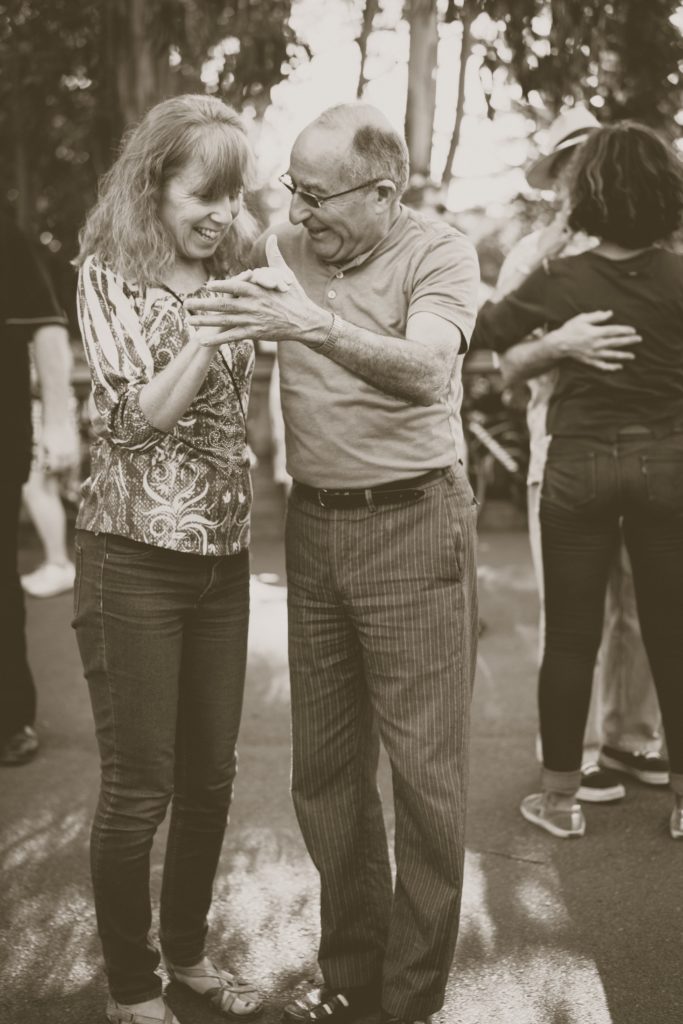Memories are consolidated through activity that occurs in the hippocampus in the brain. Short term memories are processed into long term memories. Now there is evidence that physical activity such as dancing and endurance training both increase the volume of the hippocampus.

That is right, movement impacts cognition… and memory. A recent systemic review of the literature on dance, memory, and neuroplasticity found:
Structural changes included increased hippocampal volume, gray matter volume in the left precentral and parahippocampal gyrus, and white matter integrity. Functional changes included alterations in cognitive function such as significant improvement in memory, attention, body balance, psychosocial parameters and altered peripheral neurotrophic factor. Based on the evidence, dance practice integrates brain areas to improve neuroplasticity.
Teixeira-Machado, L., Arida, R., & de Jesus Mari, J. (2019). Dance for neuroplasticity: A descriptive systematic review. Neuroscience & Biobehavioral Reviews, 96, 232-240. doi:10.1016/j.neubiorev.2018.12.010
When I briefly covered the topic of aging and memory in a post a couple days ago I mentioned how repetitive activation of a memory can make its recall easier or more rapid in subsequent recall. The recent work with dance, and endurance training, both involve learning new behavior governed by rules of action or patterned movements in a way that would also involve hippocampus and amygdala signaling that creates a new memory strengthened through the repeated storage and retrieval of the memory of the pattern of action.
The mechanisms are not well understood but patterned learning combined with physical action repetition over time seems to help the development of new neural connections that then allow the involved sections of the brain to increase in size and results in better function and recall.
At this point much more work is called for but it seems that the increased blood flow caused by exercise is not all that is at work in the memory improvement, and awareness of body position in space.

This research was not conducted on people with severe memory problems or dementia, but with individuals showing memory changes considered normal over time.
It seems that if you want to exercise your brain when you exercise your body, you may want to consider dancing. I wonder if Tai Chi and similar patterned movements might also help. It is a very promising avenue of research.
References consulted:
Maroun, M., & Wagner, S. (2016). Oxytocin and Memory of Emotional Stimuli: Some Dance to Remember, Some Dance to Forget. Biological Psychiatry, 79(3), 203-212. doi:10.1016/j.biopsych.2015.07.016
Zhu, Y., Wu, H., Qi, M., Wang, S., Zhang, Q., & Zhou, L. et al. (2018). Effects of a specially designed aerobic dance routine on mild cognitive impairment. Clinical Interventions In Aging, Volume 13, 1691-1700. doi:10.2147/cia.s163067
Devenney, K., Sanders, M., Lawlor, B., Olde Rikkert, M., & Schneider, S. (2017). The effects of an extensive exercise programme on the progression of Mild Cognitive Impairment (MCI): study protocol for a randomised controlled trial. BMC Geriatrics, 17(1). doi:10.1186/s12877-017-0457-9
Leave a Reply